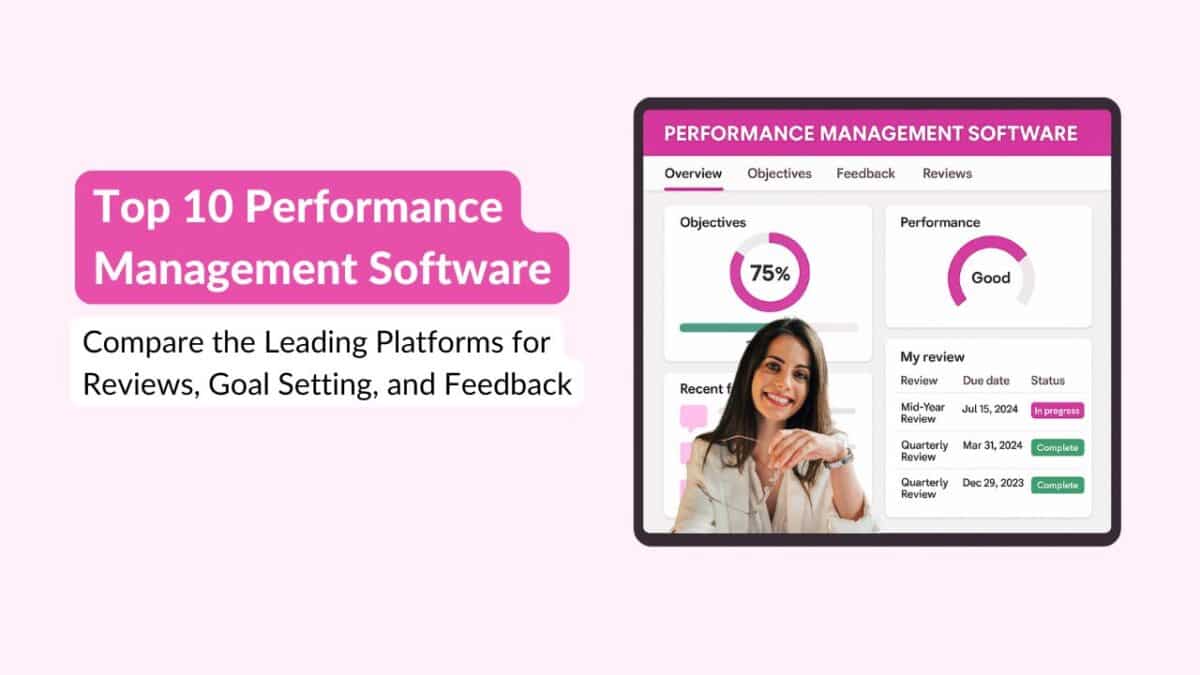Organizations worldwide have one major objective in common, that is getting the best out of their employees. To improve employee performance, every organization has efficient performance management in place. Performance management is used to check whether employees and managers are aligning their goals with organizational goals, which results in promotions and salary increments of everyone. It is an ongoing process between a supervisor and employee that occurs throughout the year. But is it enough?
Very often if you ask managers or senior leaders, how would they rate themselves among their peers, they would rate themselves at the top. But if you ask other employees how would they rate the leadership skills of their manager, most of them would give poor ratings.
To bridge the gap between an employee’s perception of their work and how other employees evaluate them, organizations have introduced 360 degree performance reviews. In a 360 degree review process, everyone with whom the employee interacts is involved in the review. Managers, peers, direct reports, and sometimes, even customers and vendors are a part of the process.
A 360 degree review process should help managers and employees identify their strengths and weaknesses, and develop their skills and competencies. It is designed to measure interpersonal goals, skills and competencies.
360 degree review can work wonders for your organization if used correctly, but if not, then it can lead to multiple problems. But should 360 degree reviews be used as the only tool for performance management? There are certain issues that are associated with the 360 degree review process, which prevents us from using it as the only tool. Let us take a look at them.
Halo Effect
At times employees have preconceived notions about their leaders and other employees. These perceptions about others tend to hamper the ratings of the employee in a 360 degree review process. Those being reviewed will receive ratings as per the perception they have created on the reviewers.
Competitiveness
Peers who are competing for promotion may try to bring each other down by giving poor ratings in the 360 degree review process. If the employees know that this rating will affect their peers’ promotion and salary packages, then the human race, being naturally competitive, will deliberately give low ratings to others. As they have the idea in their mind that this will help them stay ahead in the competition.
Also Read: Quick Tips to Give Effective Feedback to Your Co-Workers
Biasedness
Peers, when they belong to the same group, have an emotional connection with each other. Thus when reviewing each other, they tend to give higher ratings so that the group is intact. This again spoils the ratings in the review process.
Often the case of biases also arise when employees judge each other by their recent actions, and overall performance is ignored during the review process.
Inexperienced reviewers
As 360 degree review process is still a new concept, some of the reviewers who are part of the process may be inexperienced. They do not have the correct idea of which points to focus on and on which to not, while giving the reviews. This causes the 360 degree review process to fail completely.
Defamation:
Often the 360 degree review process becomes a source of taking out vengeance. Employees while reviewing each other provide harsh and unwanted comments in the review process. They turn towards criticism and do not provide any constructive feedback which would help the employee.
Also Read: Tips for Conducting 360 Degree Feedback
When ratings are solely used to decide an employee’s performance which impacts salary and job roles, raters will not express their views honestly. On the other end the receivers also might not embrace it with open hands as no one would prefer a simple rating by others to decide their fate.
Thus, it can be said that the 360 degree feedback process can be a part of performance management but shouldn’t be the only scale of measuring performance. Using it as the only tool obliterates its use as a development tool for employees, and will ultimately lead management to take unfair action on the employee.
Engagedly is offering a suite of products part of its Remote Work Toolkit free to any organization, until Sept 30th, 2020.
The Coronavirus has affected the way we work today and for months to come. Unprecedented events require unprecedented measures. We at engagedly believe it is our responsibility as socially conscious corporate citizens to help equip organizations with additional tools and resources during this time of crisis.
Get in touch with us to know more about the free remote working tool-kit.
Get In Touch With Us
Author
Srikant Chellappa
CEO & Co-Founder of Engagedly
Srikant Chellappa is the Co-Founder and CEO at Engagedly and is a passionate entrepreneur and people leader. He is an author, producer/director of 6 feature films, a music album with his band Manchester Underground, and is the host of The People Strategy Leaders Podcast.






